Dive into the Magical World of STEM for Toddlers
Imagine a whimsical land where pint-sized scientists with chubby fingers curiously drop objects to understand gravity. This enchanting realm isn’t the latest children’s book but rather the burgeoning universe of STEM (Science, Technology, Engineering, and Mathematics) for toddlers.
Enveloped within these four letters, Science, Technology, Engineering, and Mathematics, lies a treasure trove of learning opportunities that can ignite the tiniest brains with awe.
But why, you might wonder, introduce complex fields to such young minds? Diving into the depths of STEM for toddlers not only stokes their innate curiosity but crafts an early foundation for a lifetime of discovery.
Whether it’s a game of shadows or building towers from blocks, we’re talking about more than mere play. We’re pioneering a roadmap for our future thinkers and innovators.
Ready to discover how to weave the wonders of STEM into your toddler’s playtime? Let’s dive into the ultimate guide!
Table of Contents
- Why STEM for Toddlers?
- Decoding STEM for Toddlers
- STEM Activities to Get Started
- Incorporating STEM in Daily Play
- The Role of Parents and Caregivers
- Resources and Courses
- When STEM Meets Art
- Community and Group STEM Activities
- Local Museums and Science Centers
- Future Prospects: Where STEM Can Take Them
- Conclusion
Why STEM for Toddlers?
We are on the edge of a technological revolution, and it is essential to ensure that our children are not left behind.
With the emergence of Artificial Intelligence, augmented reality, advanced robotics, and other breakthroughs, the jobs of tomorrow will require a strong foundation in STEM-related skills.

By introducing children to these concepts from a young age, we’re not just preparing them for the jobs of the future; we’re also ensuring that they have the tools to thrive in this tech-driven world.
Early STEM education helps children become not just passive consumers of technology but active innovators and creators.
Boosting Cognitive and Critical Thinking Skills Early On
It’s not just about technology. STEM for toddlers serves a deeper purpose. The integrated learning approach intrinsic to STEM curricula aids in developing cognitive skills.
By presenting young minds with real-world problems and encouraging them to find solutions using an interdisciplinary approach, we nurture their critical thinking and problem-solving abilities.
When children build a bridge using blocks or figure out how a plant grows, they are not merely playing—they are processing, analyzing, and making connections, all of which fortify their budding cognitive abilities.
Fostering a Love for Learning and Curiosity
One of the most profound benefits of introducing STEM early to toddlers is that it cultivates an intrinsic love for learning. Children are naturally curious, and STEM activities offer the perfect outlet for their exploratory impulses.
Whether it’s observing the trajectory of a thrown ball or mixing different colors to see the outcome, STEM allows children to learn through experience, experimentation, and exploration.
Decoding STEM for Toddlers
The world of toddlers is teeming with opportunities for exploration, discovery, and growth, each echoing the core principles of STEM.
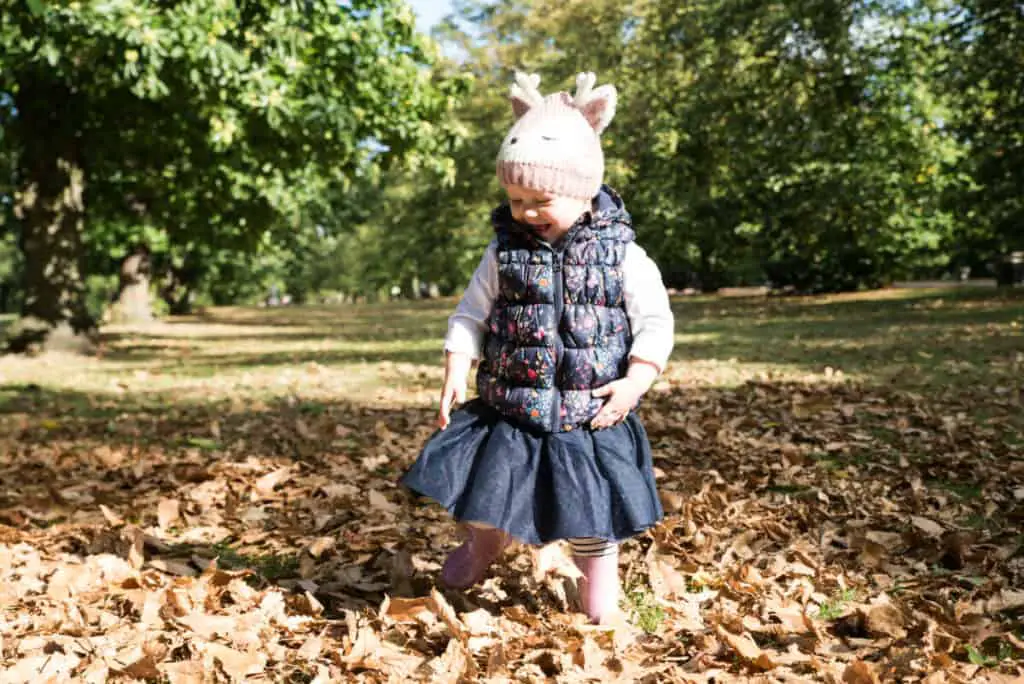
Here’s a closer look at how each element seamlessly integrates into a toddler’s life.
Science: Little Explorers in a Big World
To a toddler, the world is an ever-flowing stream of wonders. Leaves rustle, insects crawl, and the afternoon sun casts shadows that await unraveling.
When they curiously watch seeds sprouting into plants or marvel at the trajectory of a rolling ball, they’re laying the foundational bricks of scientific inquiry.
Technology: Beyond Screens and Gadgets
Technology is often synonymous with digital devices. However, in the context of toddlers, it delves deeper into the basic understanding of tools and their applications.
A stick that diverts the flow of water in the mud or a simple pulley in a playground toy introduces them to the rudiments of technology.
Even using crayons to create Art is an embrace of technology, teaching them how tools can extend human creativity and capability.
By introducing them to diverse tools and their functions, we broaden their perspective on technology, emphasizing its utility beyond screens.
Engineering: Building Dreams One Block at a Time
There’s an inherent architect and engineer in every toddler. With an assortment of blocks or even household items, they venture into constructing their imaginative worlds.
As they stack, arrange, and balance, they grapple with fundamental engineering concepts—stability, symmetry, and design.
A toppled tower becomes a lesson in balance. In contrast, a successful bridge built with blocks becomes a testament to their budding problem-solving skills.
Each construction project, be it with playdough, blocks, or fort cushions, is a step towards understanding the intricacies of engineering, emphasizing the joy of creation and the thrill of problem-solving.
Mathematics: Counting the Joys of Life
At first glance, mathematics might seem a tad abstract for the imaginative world of toddlers. But in reality, their daily life is interspersed with mathematical wonders.
Every pattern they recognize in their surroundings, whether in shadows or tile arrangements, is an introduction to geometry. early
Grouping toys, understanding the sequence of events in their routine, or even rhythmic clapping along to a song reflects their burgeoning mathematical mind.
Counting fingers, sorting objects by size, or identifying shapes not only boosts their numeracy skills but also instills in them a love for the logic and patterns that mathematics brings to life.
STEM Activities to Get Started
The world is a laboratory for children, and there’s no better way to introduce them to science than through playful experiments.

Try the classic baking soda and vinegar volcano, where the effervescent reaction not only elicits squeals of delight but also introduces them to introductory chemistry.
Explore the magic of density with a simple oil and water dance. Fill a transparent container with water and pour in a little cooking oil.
Add food coloring and watch as the droplets navigate through the oil, eventually bursting into a dance when they reach the water.
These experiments are not just visually captivating but open discussions about reactions, properties, and the wonders of the natural world.
Apps and Tech Tools Tailored for Tiny Fingers
In today’s digital age, technology offers a treasure trove of learning opportunities tailored specifically for younger users.
Apps like Osmo – Genius Starter Kit for iPad combine physical interaction with digital gameplay, promoting creativity and problem-solving.
Toca Lab: Elements is another fantastic app introducing children to the periodic table through playful experiments with quirky element characters.
Beyond apps, there are interactive tech toys like Botley 2.0, a coding robot that teaches the basics of programming through playful tasks, all without the need for a screen.
These tools, tailored for tiny fingers, make technology approachable, engaging, and, most importantly, fun!
DIY Engineering Challenges for Future Architects
Unleash the budding engineer in every child with DIY challenges that stir imagination and creativity. Create a spaghetti and marshmallow challenge, where kids use these edible items to build the tallest or sturdiest structures.
Embark on a mission to design the ultimate paper airplane, iterating designs to see which flies the farthest or stays airborne the longest.
For those with a penchant for mechanics, a simple pulley system using string, a spool, and a basket can offer hours of fun, teaching them about force, motion, and simple machines.
Each challenge not only provides hands-on experience but also promotes critical thinking, planning, and iterative learning, setting the foundation for future architects and engineers.
Fun with Numbers: Games that Make Math Exciting
Math doesn’t have to be intimidating; in fact, it can be a source of endless fun. Board games like Monopoly or card games like Uno introduce kids to numbers, counting, and basic arithmetic without realizing they’re learning.
For a more hands-on approach, set up a pretend grocery store where kids can ‘buy’ and ‘sell’ items, using play money, enhancing their understanding of addition, subtraction, and basic economics.
Digital platforms, like Prodigy Math Game, transform math lessons into captivating adventures, ensuring kids stay engaged while learning.
By integrating math into playful scenarios, children not only grasp foundational concepts but also develop a positive, enthusiastic attitude toward numbers and problem-solving.
Incorporating STEM in Daily Play
STEM is a curriculum better suited for school classrooms or tech labs. Still, you can beautifully and effectively interweave its core principles into a child’s everyday play.
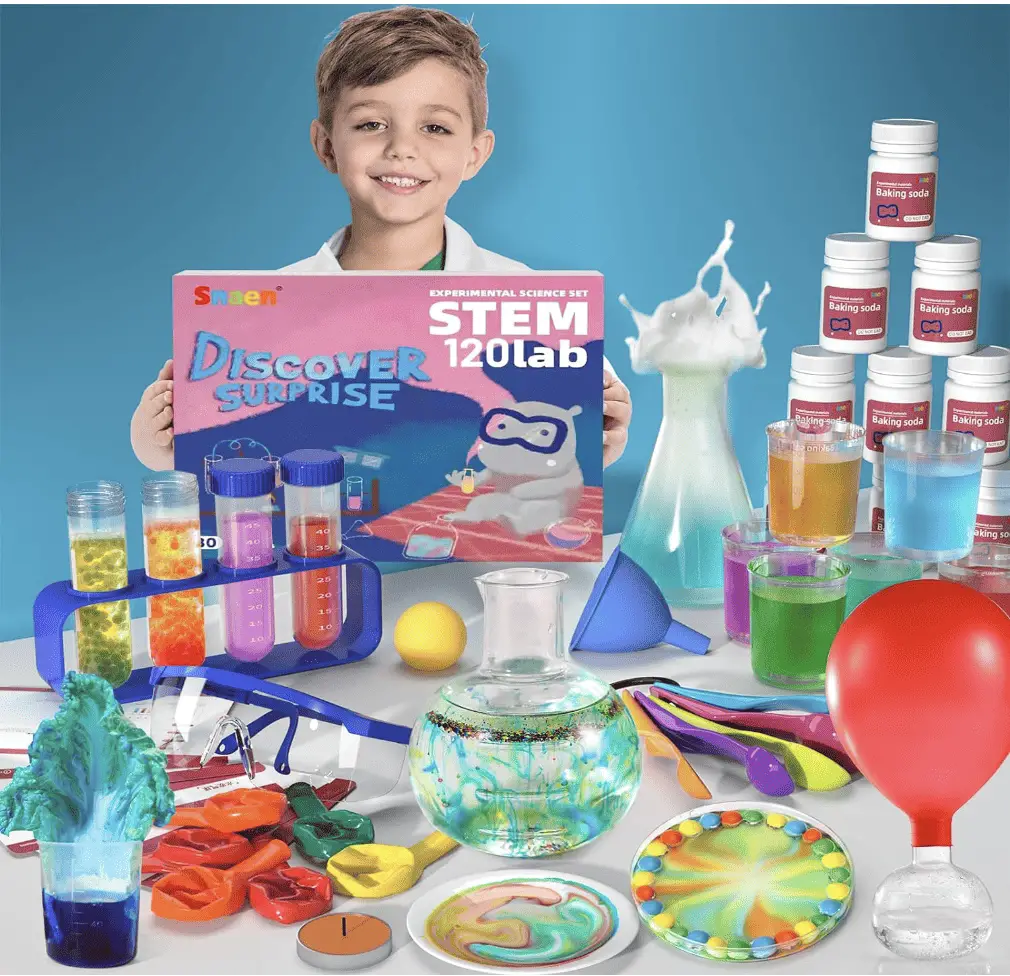
By adopting a few thoughtful strategies, parents and caregivers can transform routine playtimes into potent STEM learning opportunities, ensuring that the child’s initial foray is natural, playful, and impactful.
Choosing STEM-Friendly Toys and Playsets
While every toy can offer some form of learning, sure, playthings are particularly adept at echoing the principles of STEM. Building blocks, for instance, are timeless toys that encourage spatial reasoning, structural engineering, and creativity.
Science kits, whether they’re about growing crystals or exploring magnetism, spark curiosity and introduce fundamental scientific concepts.
Puzzles cultivate problem-solving skills, while tech toys, like coding robots, lay down the basics of programming playfully. When choosing toys, it’s essential to opt for ones that promote exploration, experimentation, and reasoning.
Turning Everyday Activities into STEM Moments
Every moment can be a STEM moment with the proper perspective. Cooking, for example, becomes a delightful science experiment when children are encouraged to measure ingredients, observe state changes (like water boiling), or understand the reactions leading to a cake rising.
Gardening introduces them to botany, teaching them about plant life cycles, photosynthesis, and the importance of ecological balance. Even a simple walk in the park can transform into a lesson in biology as they observe different plants, animals, and insects.
By contextualizing everyday activities within the framework of STEM, children begin to see the world around them as a dynamic, interactive playground filled with endless learning opportunities.
The Role of Parents and Caregivers in STEM Education
Parents and caregivers hold a pivotal position in a child’s life, shaping their perspectives, values, and, most importantly, their appetites for learning.

While schools and educational institutions lay the formal groundwork, it’s the nurturing environment at home that genuinely seeds and fosters a love for STEM.
Let’s look into how parents and caregivers can champion STEM from the comfort of their homes.
Setting Up a STEM-Friendly Environment at Home
Creating a conducive environment is essential for any form of learning, and STEM is no exception. A STEM-friendly home isn’t about expensive gadgets or elaborate setups but spaces and moments that promote inquiry and experimentation.
Designate areas for open-ended play, be it a corner stocked with building blocks, art supplies, or simple science kits. Encourage observations, whether watching birds through the window, stargazing, or maintaining a small home garden.
Using the right approach, you can turn everyday chores like cooking or fixing a household item into STEM lessons.
Resources and Courses for Your Toddler’s STEM Journey
Thankfully, the digital age offers many resources tailored to make STEM learning accessible and fun for toddlers. Websites like PBS Kids, National Geographic Kids, and Khan Academy Kids provide interactive content that introduces young minds to STEM concepts.

Subscription boxes like KiwiCo offer hands-on science and art projects delivered to your doorstep, each tailored to the child’s age. For parents and caregivers, online courses like Coursera or edX provide insights into early childhood STEM education, enabling them to guide their toddlers effectively.
By leveraging these resources, parents and caregivers can equip themselves with the tools and knowledge to guide their toddler’s STEM journey effectively.
While the world is brimming with teachers, tutors, and mentors, parents and caregivers play an irreplaceable role in a child’s STEM education.
When STEM Meets Art: Introducing STEAM
One of the most significant evolutions in this area has been the transition from STEM to STEAM—integrating the Arts into Science, Technology, Engineering, and Mathematics.

The melding of these seemingly disparate fields embodies the understanding that creativity is not just the domain of artists but an integral part of innovation in all sectors.
The Importance of Creativity in STEM Learning
While STEM focuses on logical reasoning, problem-solving, and technical proficiency, introducing Art brings a much-needed emphasis on creativity, expression, and human-centric design.
Creativity is often the catalyst behind groundbreaking innovations. Every invention, every solution, starts with a ‘what if’—a spark of imagination that challenges the status quo.
Moreover, Art fosters empathy, encouraging STEM professionals to design solutions that work and resonate with human emotions and needs.
By merging artistic sensibilities with scientific rigor, STEAM ensures that budding innovators and problem-solvers approach challenges with analytical precision and creative flair.
Activities that Blend Art And Science Seamlessly
The beauty of STEAM lies in its versatility, offering countless activities that intertwine Art and science, making learning multidimensional and engaging. One such activity is Chromatography Butterflies.
Using non-permanent markers, children draw on coffee filters and then add a drop of water, watching as the colors spread and mix, creating beautiful patterns.
This simple experiment teaches them about chromatography the principle behind separating mixtures, all while crafting vibrant butterflies.
Another exciting venture is Shadow Art. On a sunny day, kids can place toys or uniquely shaped objects on a sheet of paper and trace their shadows at different times, observing how the sun’s position affects the shadow’s length and orientation—introducing basic astronomy concepts while sparking artistic expression.
For those inclined towards digital Art, some programs and apps teach coding through art creation, like Scratch, allowing kids to animate stories and designs, thus marrying technology and artistic expression.
By valuing the arts as much as the sciences, we prepare the next generation for a world where innovation is as much about functionality as imagination, design, and human connection.
Community and Group STEM Activities
In the ever-evolving landscape of education, the emphasis has not only been on individual learning but also on community and group-based experiences.
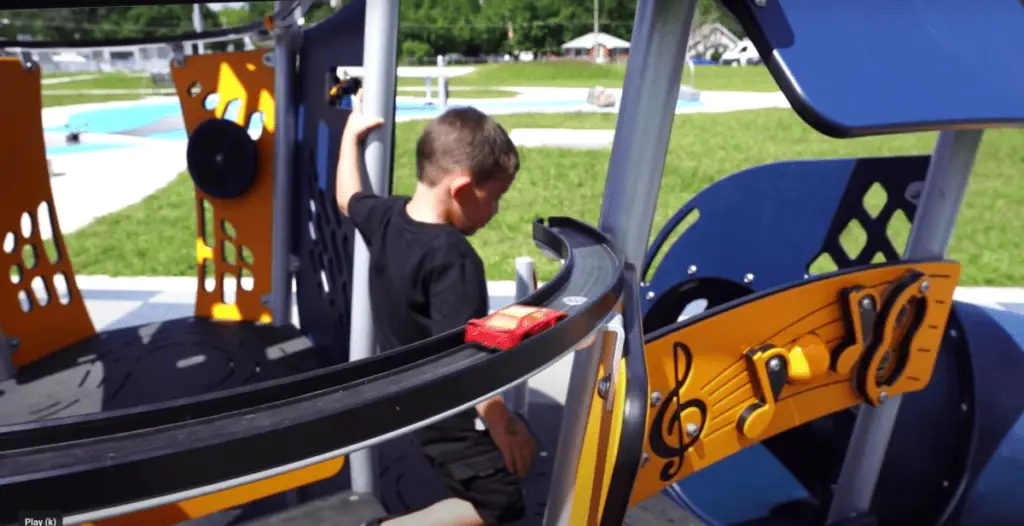
These collective learning endeavors, especially in STEM, offer unique perspectives, foster collaboration, and instill a sense of belonging and shared discovery among participants.
Two prominent examples of community-based STEM experiences are STEM-focused playgrounds and local museums or science centers. Let’s dive deeper into their significance and advantages.
STEM-Focused Playgrounds and Their Benefits
The traditional playground—replete with swings, slides, and merry-go-rounds—is transforming to accommodate the principles of STEM.
These revamped spaces, STEM-Focused playgrounds, are meticulously designed to provide hands-on, interactive learning experiences through play.
For instance, a sandbox may be augmented with tools to teach basic archaeology, or a water play area might demonstrate fluid dynamics.
These playgrounds encourage children to explore scientific concepts tangibly, sparking curiosity and wonder in the natural world.
The Benefits of STEM-Focused Playgrounds Are Manifold
Firstly, they cater to diverse learning styles, ensuring that kinesthetic learners, who thrive through touch and movement, grasp complex ideas effortlessly.
Secondly, playgrounds promote problem-solving and critical thinking because they often present children with challenges or puzzles that demand teamwork and strategy.
Local Museums, Science Centers, and Their Benefits
Local museums and science centers serve as invaluable community assets, gateways to a world of knowledge and discovery. Unlike textbooks or classroom lectures, these establishments offer immersive, experiential learning.
Whether it’s a planetarium showcasing the wonders of the universe, a hands-on lab where kids can conduct experiments, or exhibits detailing the marvels of engineering, science centers and museums make STEM tangible and captivating.
By presenting information in interactive and often entertaining ways, these institutions ensure that knowledge absorption is enjoyable and memorable.
Social interactions are also enhanced, as group tours or workshops promote discussions, debates, and collaborative learning.
Furthermore, frequent exposure to these environments can inspire career aspirations in STEM fields as children encounter real-world applications of science and technology and meet professionals from various disciplines.
Future Prospects: Where STEM Can Take Them
The transformative power of STEM extends beyond equipping young minds with essential knowledge. As we delve deeper into the 21st century, the significance of STEM becomes even more pronounced, reshaping industries, creating novel professions, and spotlighting prodigious talents that inspire and lead the way.
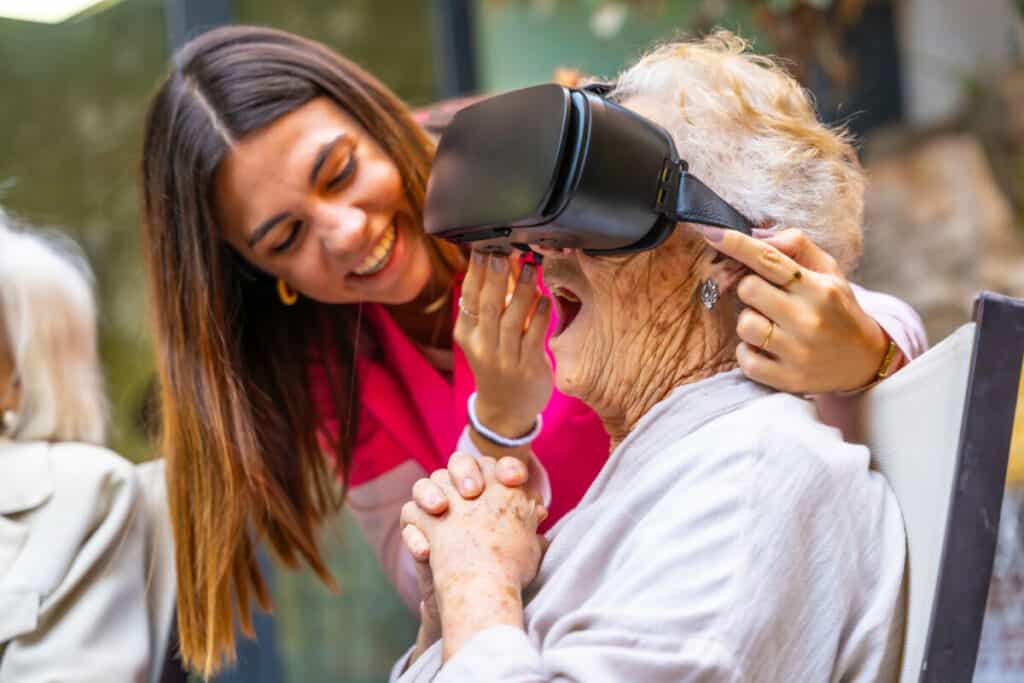
The Changing Face of Job Opportunities
As we stand on the tip of the Fourth Industrial Revolution, the job landscape is undergoing a seismic shift.
Automation, artificial intelligence, biotechnology, and renewable energy aren’t merely buzzwords; they stand as pillars of the new global economy.
People are redefining traditional job roles, and entirely new professions are emerging.
Data scientists, genetic counselors, renewable energy technicians, and virtual reality developers were titles scarcely heard of a few decades ago.
Still, today, they are among the most sought-after careers. STEM education is the bridge that connects young individuals to these futuristic job roles.
Inspiring Stories of Young STEM Prodigies
Every generation witnesses trailblazers, but the world of STEM has a unique way of spotlighting young prodigies whose innovations and discoveries leave us in awe.
Take, for instance, Gitanjali Rao, who, at just 12 years old, developed a device to detect lead in drinking water, addressing a pressing public health concern.
Or Brittany Wenger, who, at 17, designed an artificial intelligence system for early and accurate detection of breast cancer, showcasing the potential of machine learning in medical diagnostics.
These young prodigies underscore the transformative power of STEM when paired with passion and determination. Their stories serve as beacon lights, illuminating the paths for other young aspirants.
They show that age doesn’t limit innovation and that with the right tools and mindset, anyone can address even the most daunting challenges.
Conclusion: Empowering Toddlers Through STEM
Empowering toddlers through STEM is one of the most profound gifts we can bestow upon them. It’s an investment in their future, a vote of confidence in their potential, and, most importantly, a beacon that will guide them through the intricacies of the modern world.
As educators, parents, and caregivers, our role is to ensure that this introduction to STEM is as enriching, engaging, and inspiring as possible so that these young minds can soar to heights hitherto unimagined, crafting a brighter, more harmonious future for all.
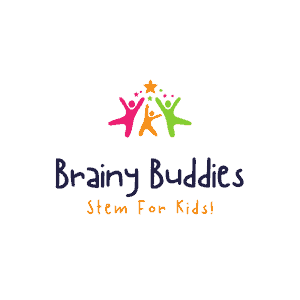

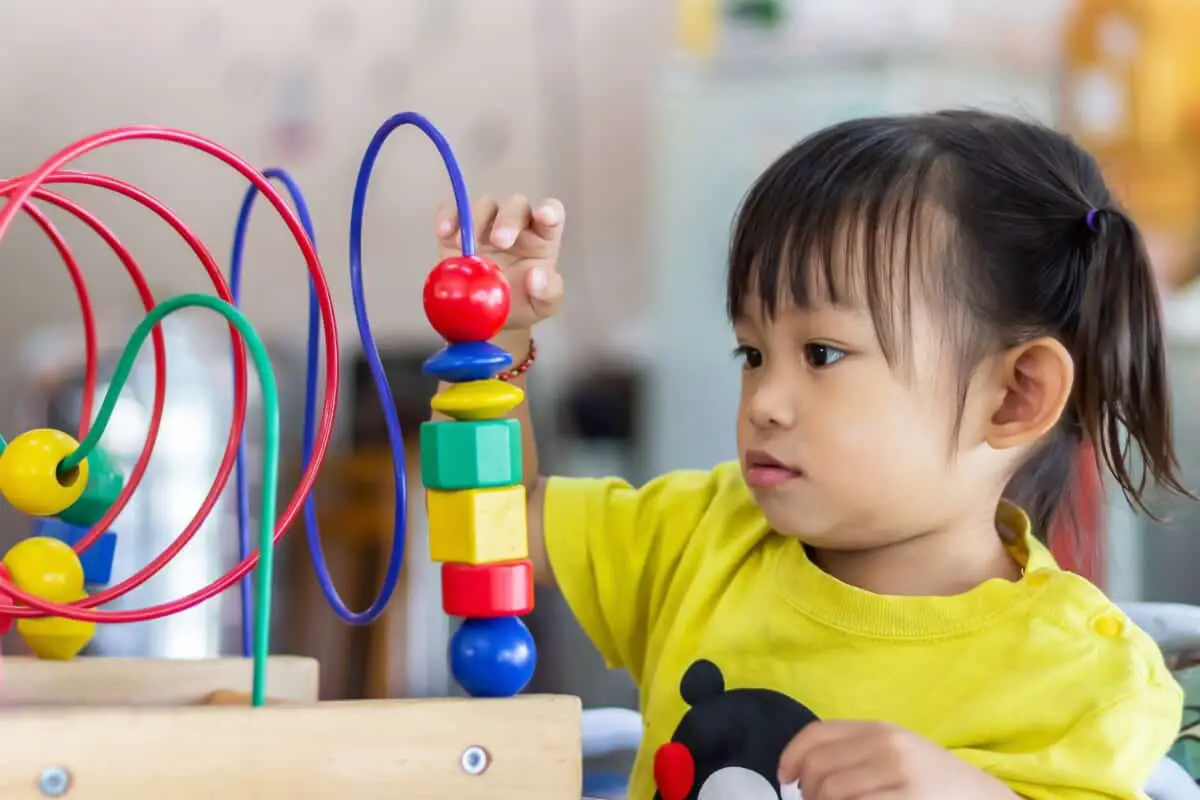
We stumbled over here from a different page and thought I should chheck things out.
I like what I see so i am just following you. Look forward to checking out your web page repeatedly. https://www.waste-ndc.pro/community/profile/tressa79906983/
Awesome! Thanks for the time to comment. Please let us know what topics you’re interested in.